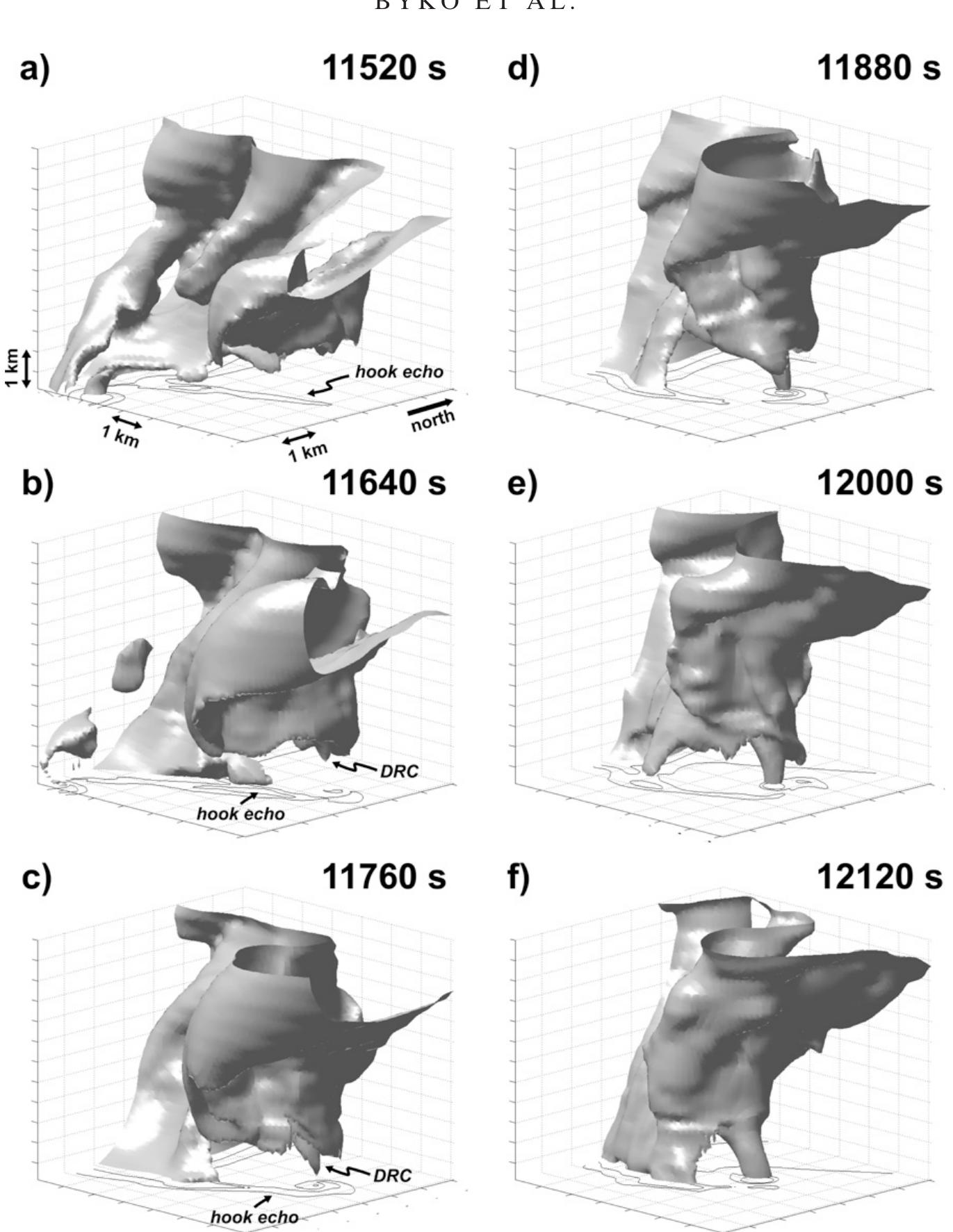Key research themes
1. How have polarimetric radar techniques advanced quantitative precipitation estimation for rain and snow?
This research area focuses on the development, optimization, and operational implementation of polarimetric radar methods for accurate estimation of rainfall and snowfall rates. Accurate QPE is critical for hydrological applications, severe storm warnings, and NWP model assimilation. Understanding the impacts of microphysical variability, such as drop size distribution and hydrometeor phase, and integrating multiple radar observables like differential reflectivity and specific differential phase, are essential to reduce uncertainties in precipitation measurement, especially over different frequency bands and under complex precipitation regimes.
2. How can satellite-based microwave and infrared observations enhance precipitation measurement and assimilation in numerical weather prediction?
This theme investigates methodologies for satellite precipitation estimation using passive microwave (MW) and infrared (IR) sensors in geostationary and polar orbits. It focuses on the synergistic use of multi-instrument and multi-frequency observations for rainfall retrieval, the challenges of vertical structure inference, calibration, and error propagation, and recent algorithmic improvements targeting higher spatial and temporal resolution. These satellites fill coverage gaps over oceans and remote regions, providing essential input for operational meteorology and climate studies, as well as for assimilation into NWP systems.
3. What are the key challenges and solutions in integrating ground-based radar and satellite precipitation data for hydrological and meteorological applications?
This research theme addresses the combination and validation of ground-based weather radar data and satellite observations to achieve improved precipitation measurement accuracy and coverage. It includes studies on assessing radar measurement uncertainties in complex terrain, evaluating consistency between radar and rain gauges, improving rainfall-runoff modeling inputs via radar and satellite data assimilation, and the reconciliation of multi-sensor datasets during extreme weather events. These integrative approaches are vital for hydrological forecasting, severe weather monitoring, and climate impact assessments.































